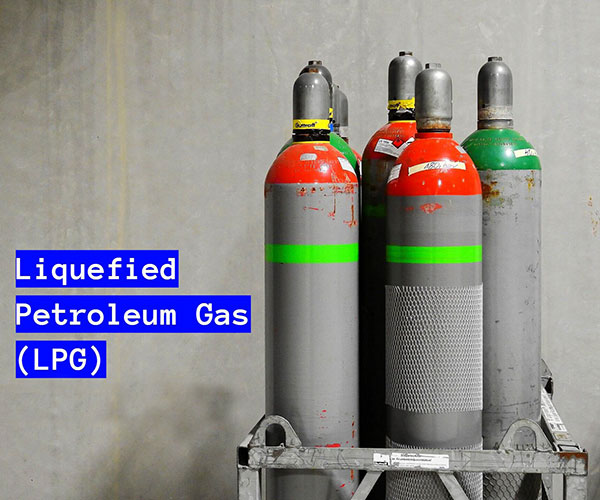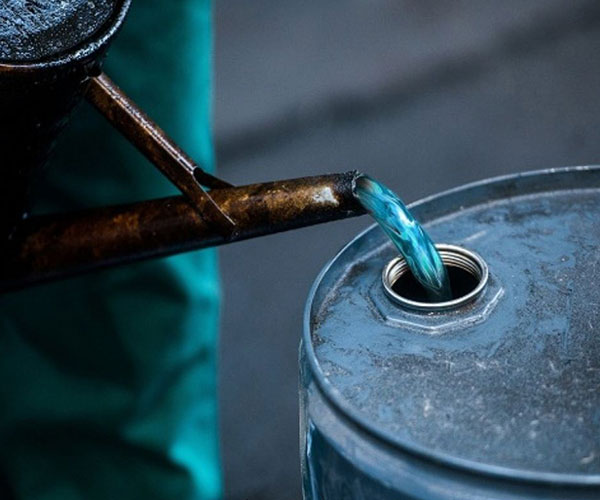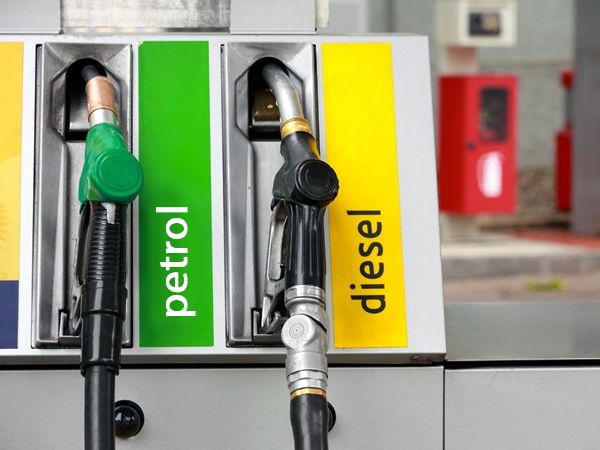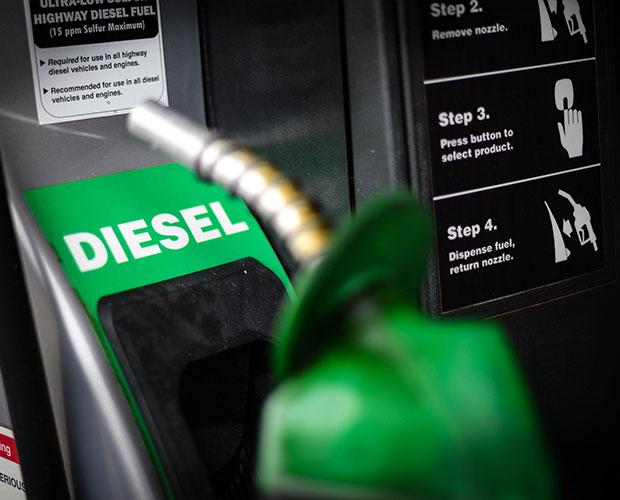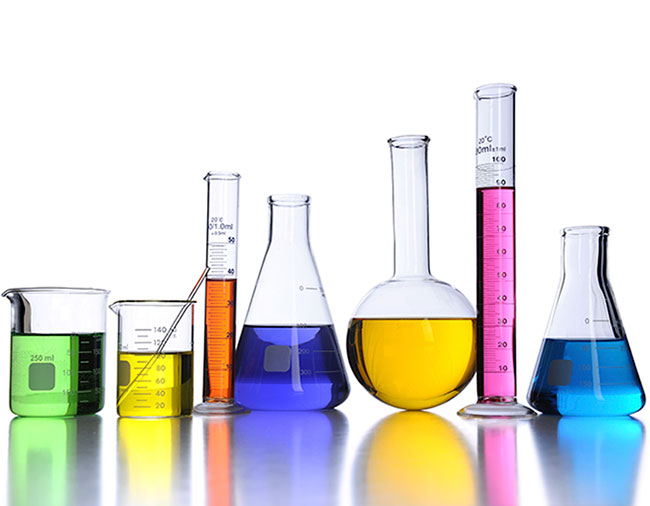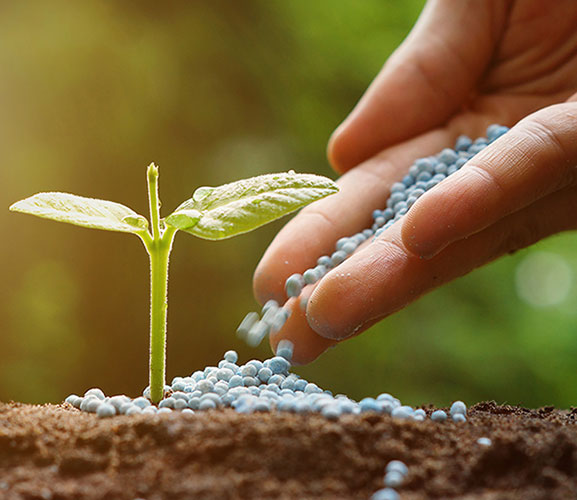Petrochemical Feedstock
These days, along with submitting the country's budget bill 1401 to the Iranian parliament, terms such as petrochemical or refinery feed rate are often heard. Determining the petrochemical feedstock rate also becomes a challenge for the capital market.
This article will briefly explain what is meant by petrochemical feedstock in these categories. And why is the capital market sensitive to it?
Liquid feed and gas feed petrochemicals
Generally, feed here is a material prepared for consumption in raw, intact, modified, or semi-modified form. There are only two types of feed in petrochemicals: gas feed and liquid feed.
In Iran, and especially in the capital market of Iran, most petrochemical companies use gas feed as the raw material for producing their products. The gas feed is divided into two types methane gas feed and ethane gas feed.
Olefins, i.e., ethylene, propylene, polyethylene, and polypropylene, are mainly produced from ethane gas or liquid petroleum products, i.e., naphtha, propane, butane, raffinate, etc. Units such as Jam Petrochemical use mixed feed, i.e., liquid or gas.
But the units whose main products are methanol, ammonia, and urea use more methane gas; Units like Zagros Petrochemical use only gas feed. Some petrochemicals, such as Bandar Imam Petrochemical, use only liquid feed.
Click on the link below to read more:


